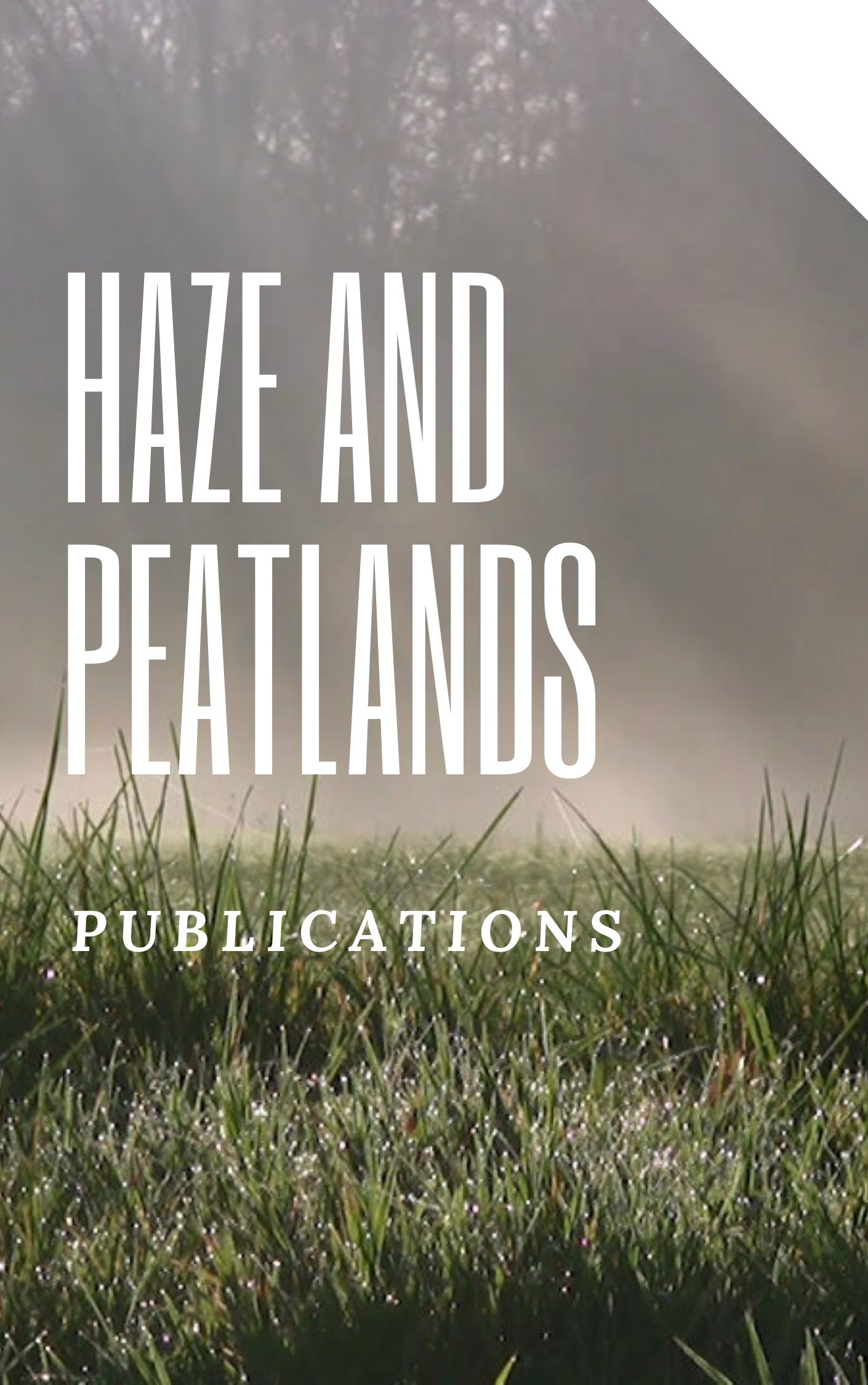Rubber production has been taking place in Thailand for many decades. Thailand is currently the world's largest natural rubber producer. We present emissions of greenhouse gases associated with the production of fresh latex, and three primary rubber products, including concentrated latex, block rubber (STR 20), and ribbed smoked sheet (RSS) in Thailand. Besides industrial activities in the rubber mills, the agricultural activities in rubber tree plantation are taken into account. The overall emissions from the production of concentrated latex, STR 20, and RSS amount to 0.54, 0.70, and 0.64 ton CO(2)-eq/ton product, respectively. This is for the case that rubber plantations have been located on cultivated lands for more than 60 years, which is current practice in most of Thailand. Emissions are largely associated with energy use and the use of synthetic fertilizers. We also quantify emissions for the case that tropical forests have been converted to rubber plantations relatively recently, which is a recent trend in Thailand. In this case the emissions are much higher because of carbon loss from land conversion: 13, 13, and 21 ton CO(2)-eq/ton product for concentrated latex, STR 20, and RSS, respectively. We discuss the implications of our results for strategies to reduce greenhouse gas emissions from rubber production. (C) 2009 Elsevier Ltd. All rights reserved.
View source

